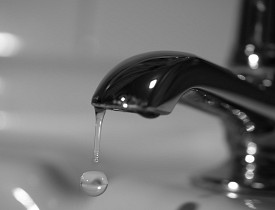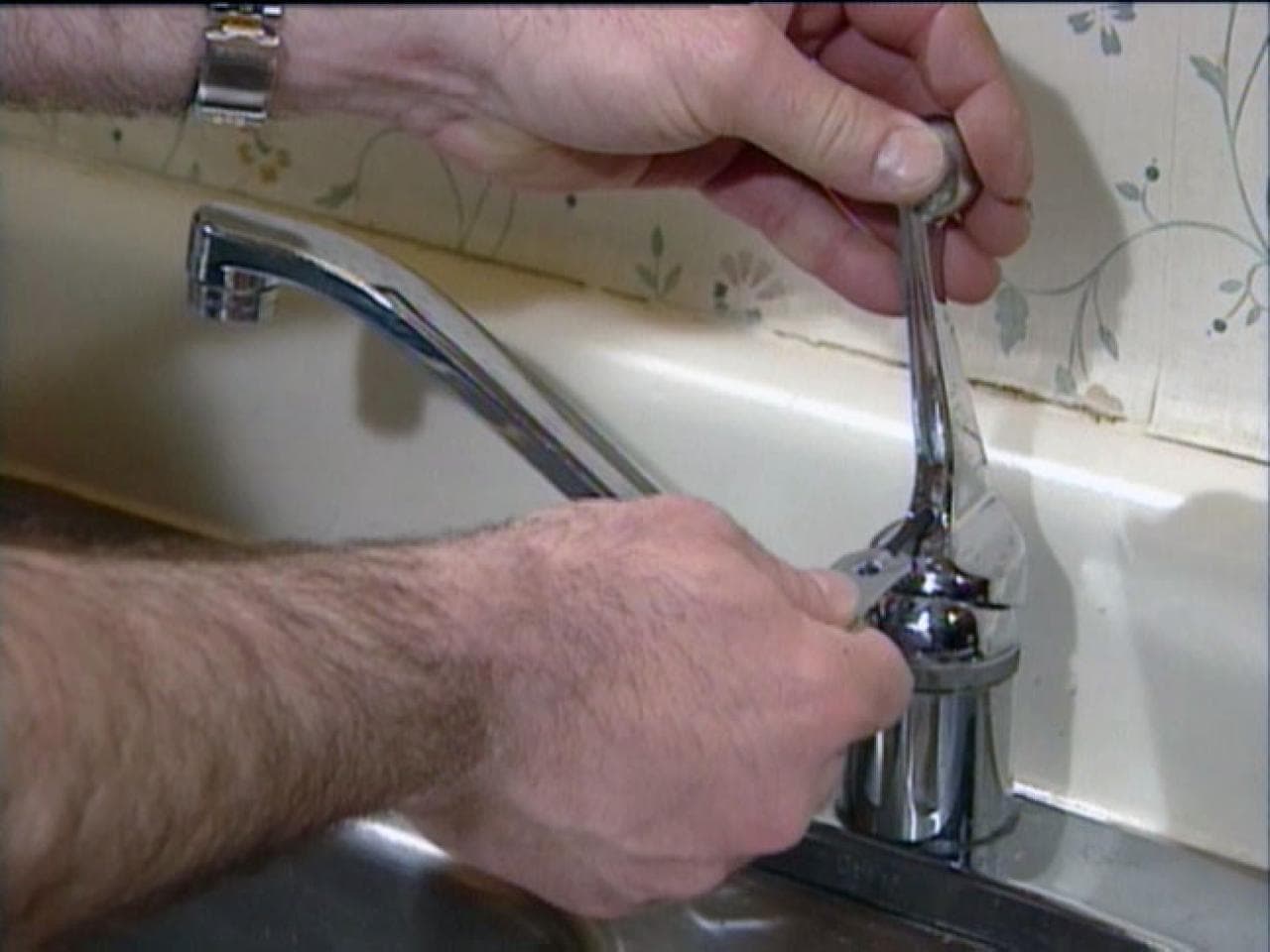How do you actually feel with regards to Leaky Faucets: Why They Happen & What to Do About Them?

Trickling taps may look like a minor aggravation, however their impact exceeds just the nuisance of the audio. From wasting water to incurring unnecessary economic prices and health dangers, neglecting a leaking tap can cause various consequences. In this write-up, we'll explore why it's critical to resolve this usual family problem quickly and efficiently.
Waste of Water
Ecological Influence
Trickling taps add significantly to water wastage. According to the Environmental Protection Agency (EPA), a single tap trickling at one drip per secondly can waste more than 3,000 gallons of water each year. This not only stress water sources but likewise influences ecosystems and wildlife depending on them.
Step-by-Step Overview to Fixing a Dripping Faucet
Devices Called for
Prior to attempting to fix a leaking tap, gather the needed devices, consisting of an adjustable wrench, screwdrivers, substitute components (such as washing machines or cartridges), and plumber's tape.
Typical Tap Issues and Their Solutions
Recognize the sort of tap and the specific issue triggering the drip. Typical issues include worn-out washing machines, rusty valve seats, or faulty O-rings. Describe supplier guidelines or online tutorials for detailed assistance on repair services.
Financial Costs
Increased Water Expenses
Beyond the environmental effect, dripping faucets can blow up water costs significantly. The collected waste over time converts into higher utility expenditures, which might have been avoided with prompt repair work.
Possible Residential Or Commercial Property Damages
Furthermore, long term leaking can bring about damage to components and surface areas bordering the faucet. Water build-up can trigger staining, rust, and also structural concerns if left neglected, leading to extra repair service expenses.
Health Worries
Mold and Mildew Growth
The continuous existence of dampness from a trickling tap creates a suitable setting for mold and mildew development. These fungi not only compromise interior air top quality however also pose wellness risks, specifically for people with respiratory problems or allergic reactions.
Waterborne Illness
Stagnant water in leaking faucets can end up being a breeding ground for germs and other pathogens, increasing the risk of waterborne conditions. Impurities such as Legionella germs flourish in stagnant water, possibly causing severe health problems when consumed or breathed in.
Do it yourself vs. Specialist Repair
Advantages and disadvantages of DIY Repair
While some might attempt to deal with a leaking faucet themselves, DIY repair work include their own collection of obstacles. Without proper expertise and devices, DIY efforts can worsen the issue or bring about incomplete repairs, prolonging the trouble.
Benefits of Hiring a Specialist Plumber
Employing a specialist plumber makes sure that the underlying cause of the trickling faucet is addressed successfully. Plumbing technicians have the competence and tools to diagnose and repair tap concerns efficiently, saving time and lessening the threat of further damage.
Environmental Obligation
Individual Contribution to Conservation
Taking responsibility for taking care of leaking taps lines up with wider initiatives towards water conservation and environmental sustainability. Every individual's actions collectively make a significant impact on preserving priceless sources.
Lasting Living Practices
By prioritizing prompt fixings and taking on water-saving routines, individuals add to lasting living practices that profit both present and future generations.
Preventive Measures
Regular Upkeep Tips
To prevent trickling faucets, execute regular maintenance such as cleansing aerators, examining for leakages, and replacing worn-out parts immediately. In addition, consider installing water-saving tools or updating to more efficient fixtures.
Importance of Prompt Repair Works
Resolving dripping faucets as soon as they're discovered stops more water wastefulness and potential damage, ultimately saving both water and money in the long run.
Impact on Building Worth
Assumption of Well-Maintained Property
Maintaining a residential property in good condition, including dealing with maintenance issues like trickling taps, improves its perceived worth and charm among potential buyers or tenants.
Impact on Resale Value
Residences with well-maintained plumbing components, including taps, command greater resale values in the realty market. Dealing with trickling faucets can add to a positive impression during residential or commercial property examinations and settlements.
Conclusion
Resolving a leaking tap surpasses simple convenience; it's an important step towards conserving water, lowering economic prices, and safeguarding health and home. Whether with DIY repair work or professional assistance, taking action to deal with trickling faucets is a small yet impactful method to promote responsible stewardship of sources and contribute to a healthier, extra sustainable future.
How to Fix a Leaky Faucet: Step-by-Step Repair Guide
A leaky faucet may seem like a simple annoyance, but if it's not fixed promptly, that leak could cost hundreds to potentially thousands. From water damage to mold, mildew, and high water bills, even a tiny leak can be catastrophic if left unattended. Damage like this can even affect the overall value of your home, so it's important to take the right approach for leaky faucet repair. You may need the help of a plumber in some cases, but we've got a few tips you can try on how to fix a leaky faucet before calling the pros.
Four Faucet Types
When you're learning how to fix a leaky faucet, the first step is knowing what kind of faucet you're working with! There are four common types.
Cartridge Faucets
Cartridge faucets come in one- or two-handled varieties. In one-handled cartridge faucets, hot and cold water combines in a single cartridge. In the two-handled versions, hot and cold water are controlled separately and mixed in the faucet.
Ball Faucets
Ball faucets have a single lever you push up and down to adjust the pressure and rotate to change the temperature. A slotted metal ball controls the amount of water allowed into the spout.
Compression Washer Faucets
They're the oldest type of faucet, but they're still used in many homes — especially older ones. Compression faucets have two separate handles that, when turned, raise or lower the washer that seals a water valve. This valve stops water from flowing through the faucet when it is turned off.
Disc Faucets
Disc faucets rarely need to be repaired due to their maintenance-free design. The water flow is controlled by two discs — the upper one raises and lowers against a fixed lower disc, creating a watertight seal. If your disc faucet starts leaking, you may need to replace the seals or clean residue buildup from the inlets.
Fixing a Leaky Faucet
Step 1: Turn Off the Water
Whether you're learning how to fix a leaky bathtub faucet or how to fix a leaky kitchen faucet, always turn off the water supply to your working area when you're fixing a leak. The last thing you want is a flood added to your list of things to fix.
Look for the shutoff valves below your sink or around the tub and turn them clockwise to stop the water flow. If your faucet doesn't have shutoff valves, you may need to turn off the water for the whole house. Check to make sure it's off by turning the faucet on. If nothing comes out, you're ready to start the repair.
Step 2: Take Apart the Faucet
How you disassemble your faucet depends on the type of fixture you have. You can use a flathead screwdriver to remove the caps on top of the handle or handles for cartridge and compression faucets. Inside, you should see handle screws. Unscrew these with a screwdriver to remove the handle.
Disc- and ball-style faucets will typically have an inlet screw near the handle, and removing that will reveal the interior of the faucet.
Detach the Valve Stem
For cartridge- and compression-style faucets, you'll see the inner valve stem or cartridge once you remove the faucet handles. If you have a compression faucet, unscrew the brass valve stem. If you have a cartridge faucet, pull out the cartridge. If your cartridge has been in place for a while, it may require some tools or extra force to remove it due to mineral deposits.
Examine and Replace Parts
Once you've removed the parts, check them out to confirm what needs to be replaced. You may see corroded rubber washers, O-rings, stems, or cartridges. On a ball-style faucet, check the seats and springs for damage.
If you need to repair a leaky disc faucet, check the inlet and seals on the lower disc.
Once you determine what parts must be replaced, visit your local hardware store. Bring the damaged parts with you to ensure you can purchase the correct components to replace them.
Clean Valves and Faucet Cavity
If you've removed a stem or cartridge, you may notice mineral buildup in the faucet's threads. Use white vinegar to clean the valve seat by soaking it for a few minutes, then scrub it away with a soft toothbrush and rinse with warm water. You can also clean the interior of the faucet in the same way.
Reassemble the Faucet
Once your faucet is cleaned and the required parts have been replaced, it's time to reassemble it. Put the pieces back together and slowly turn the water supply back on. Doing this slowly is crucial because too much initial water pressure can damage the new hardware you've just installed.
https://homewarranty.firstam.com/blog/how-to-fix-leaky-faucet

As a fervent reader on Should I Repair or Replace a Leaky Faucet?, I imagined sharing that post was worthwhile. You should take the opportunity to distribute this article if you liked it. I treasure your readership.